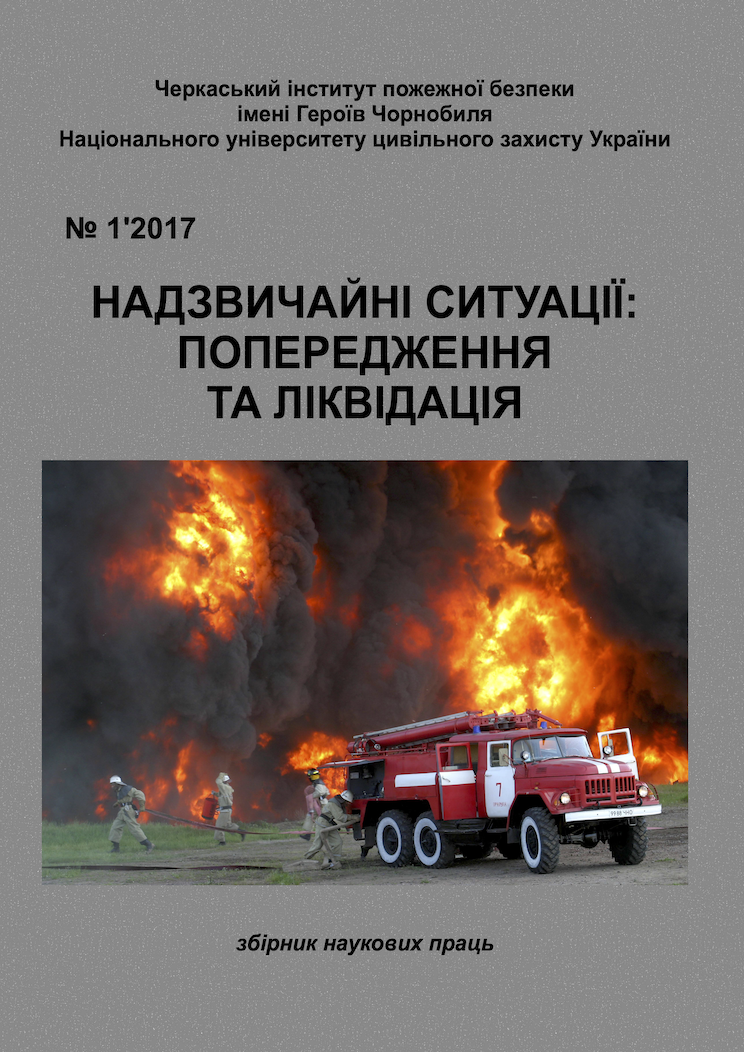THE MACROKINETICS PARAMETERS OF THE HYDROCARBONS COMBUSTION IN THE NUMERICAL CALCULATION OF ACCIDENTAL EXPLOSIONS IN MINES
Abstract
Purpose. Obtaining effective parameters of the macrokinetics of combustion of hydrocarbons in the deflagration and detonation regime for the numerical calculation of emergency explosions in mine workings. Methodology. Mathematical modeling, numerical experiment, kinetics analysis of explosive combustion reaction, analysis and synthesis and results. Findings. The paper analyzes the parameters of the kinetic equation against experimental data. Obtaining such data in a physical experiment for explosive chemical reactions meets serious difficulties. This is due to the size of the reaction zone not exceeding fractions of a millimeter, the lack of time resolution of experimental techniques and other factors leading to errors in direct measurements and the emergence of multiple solutions. This possibility makes it possible to obtain a simultaneous numerical solution of the equations of gas dynamics and chemical kinetics. In the numerical experiment, a direct relationship between the macrokinetic characteristics of the chemical reaction and the parameters of the discontinuous flow of the reacting gas stream is established: velocity, pressure in the front and behind the front of the detonation and deflagration wave. Based on this, Arrhenius characteristics of the reaction-preexponential and effective activation energy for the hydrocarbons under consideration. Originality. Macrokinetic parameters are established for simulating one-stage ignition and burning of the most probable hydrocarbons of the mine atmosphere in the deflagration and detonation regime. Modeling of explosive combustion of premixed hydrocarbons in stoichiometric concentrations. It is shown that the values of the effective activation energy in explosive combustion reactions are of less importance in contrast to steady-state combustion reactions because of the effect of the gas-dynamical effects of the shock wave on the reaction rate. Practical implementation. The obtained parameters of the macrokinetics of the explosive combustion reaction make it possible to apply simple kinetic mechanisms in practical calculations of the processes of deflagration and detonation combustion, and to predict with sufficient accuracy the parameters of emergency explosions in conditions of mine workings. This also makes it possible to solve the problem of accounting for the presence of heavy hydrocarbons in the mine atmosphere as products of coal pyrolysis in underground fires as factors of increasing the risk of emergency explosions.


